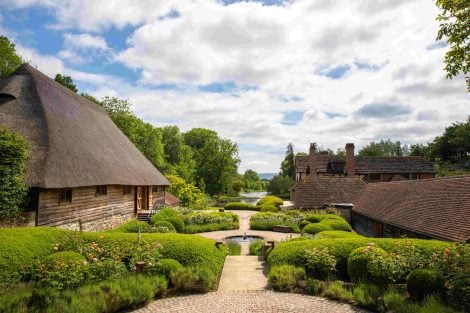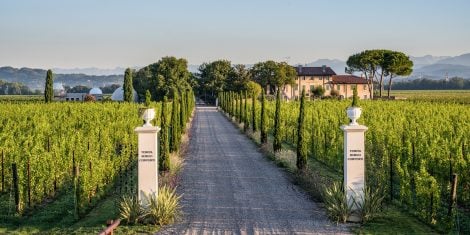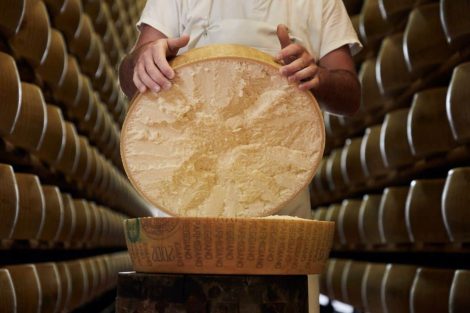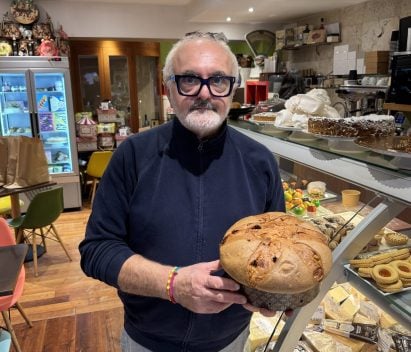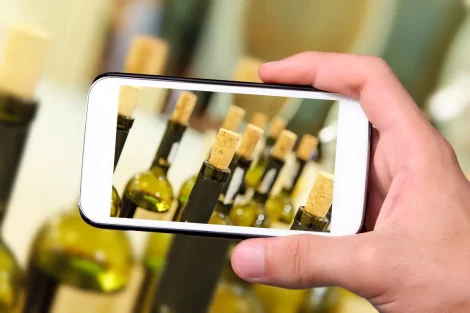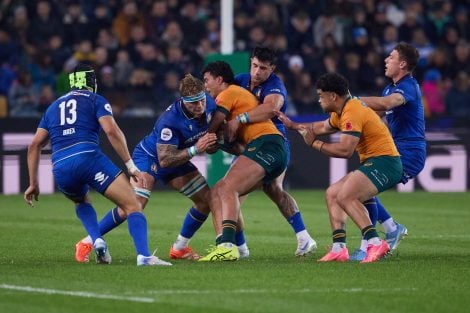Sparkling wines and whites are holding steady, with a resurgence in rosés, particularly the fresh and lighter ones. However, there is a new trend emerging in the summer wine market: red wines. This category, which has been struggling in Italy and beyond for the past two years, including both large and small PDOs, is finding new ways to win over (or win back) consumers. Credit is also due to the efforts of wine shop owners, professionals in the HoReCa sector who are skilled at guiding consumer choices, suggesting new pairings and alternatives to traditional options. To understand what’s happening in 2024, we interviewed Andrea Terraneo, President of Vinarius, the association of Italian wine shops, which has over 120 members.

Vinarius President Andrea Terraneo
What wines do Italians usually drink in the summer, and how does this differ from the past?
We have certainly seen the market for sparkling wines and whites remain strong. Compared to the past, Vinarius data has also noted a slight recovery in rosé wines, particularly the fresher and lighter ones.
What consumption trends are emerging? Is there a destigmatisation of choices, leading to red wines being enjoyed in summer as well?
An interesting trend is the growing interest in summer reds. These are red wines that can handle being chilled without losing their character. In this regard, the role of the wine shop owner is crucial in advising customers on the appropriate serving temperatures.
What is happening with sparkling wines from the perspective of wine shops?
Sparkling wines have seen a slight increase in demand; however, on average, customers have slightly reduced their budget for individual product purchases.
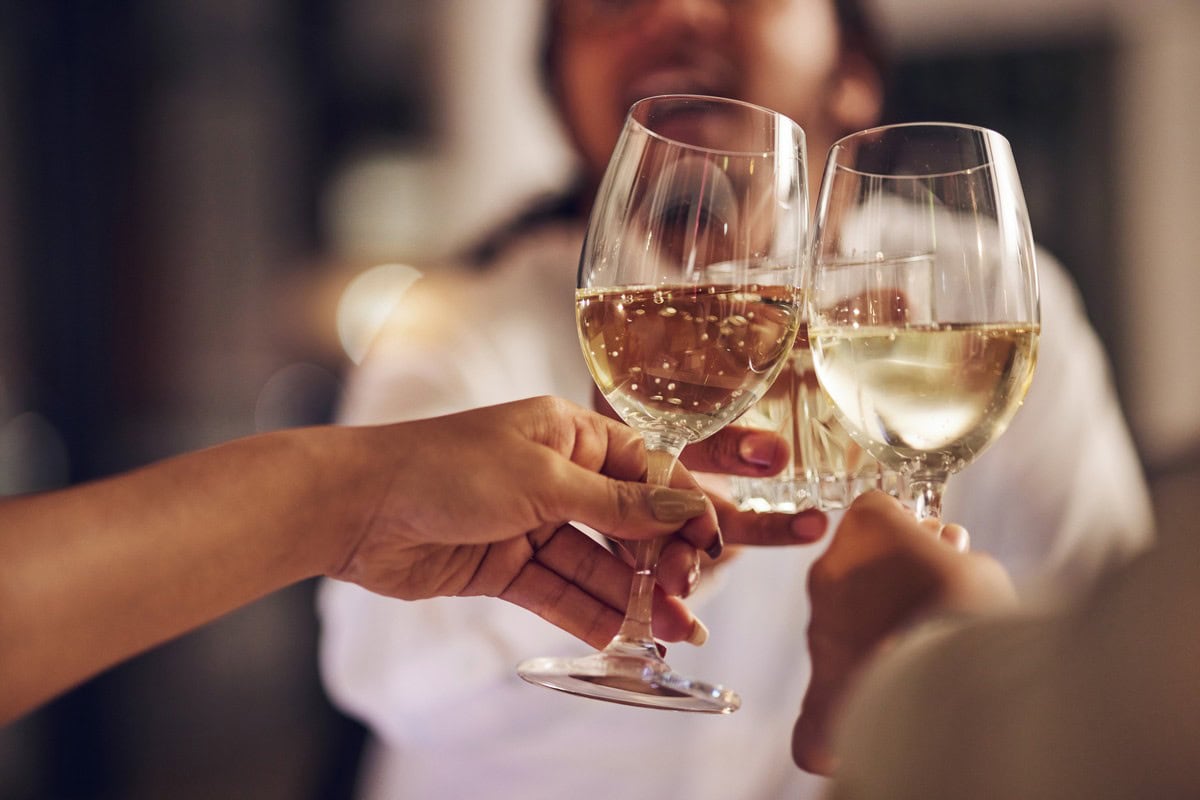
How are requests for dealcoholised wine faring? Are Italian wine shops adapting to this demand?
There is definitely a growing customer awareness regarding the alcohol content of wines, as if there is a search for an element of sustainability even in wine. During this hot period, lower alcohol content is preferred. However, at present, there is no significant demand for dealcoholised wine from wine shop owners, nor much interest in selling it.
Regarding rosés, what trends are emerging in this category’s consumption?
Classic rosés are in higher demand, such as those from Salento and Chiaretto, along with some international selections, particularly from France. However, the most sought-after are summer rosés, those that are enjoyed a bit cooler, lighter, and with a lower-than-usual alcohol content.
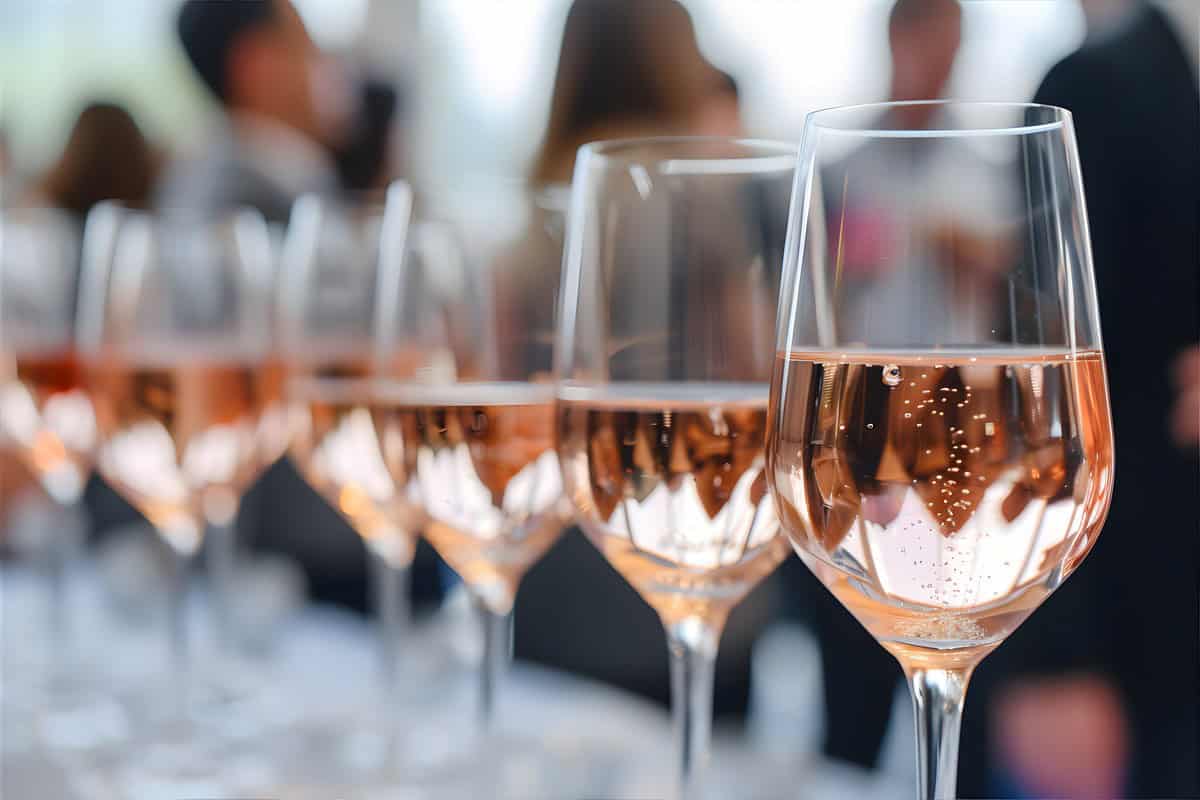
In terms of prices, what are the average reference ranges for customers in 2024?
The price range that remains most stable is between €10 and €20, particularly for well-known denominations, especially whites and sparkling wines. The range above €30 is struggling somewhat, but it’s summer, and consumer choices are leaning towards simpler, more immediate options.
To conclude, how has the first half of the year been, and what are the prospects for year-end consumption, following a very challenging 2023?
In the first half of the year, a small percentage of wine shops reported stable performance, while many others saw a decline of 5% to 7%. The hope, of course, is for a recovery after the summer and throughout the autumn.

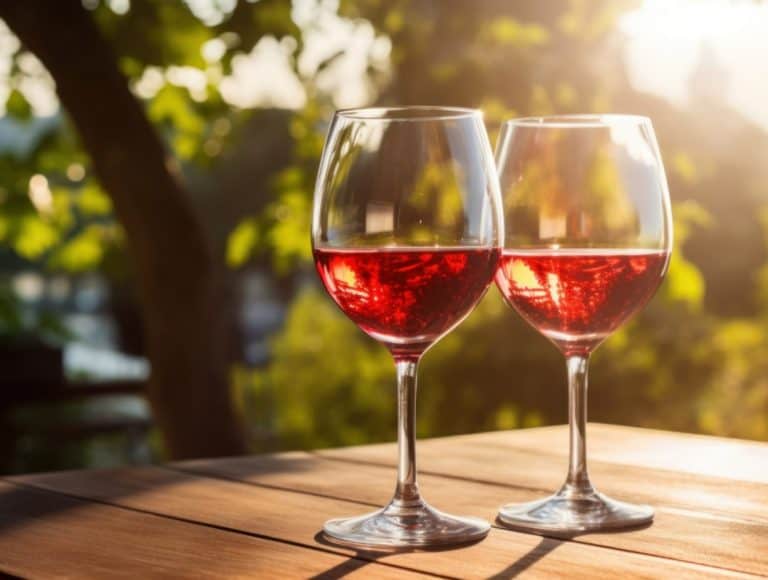
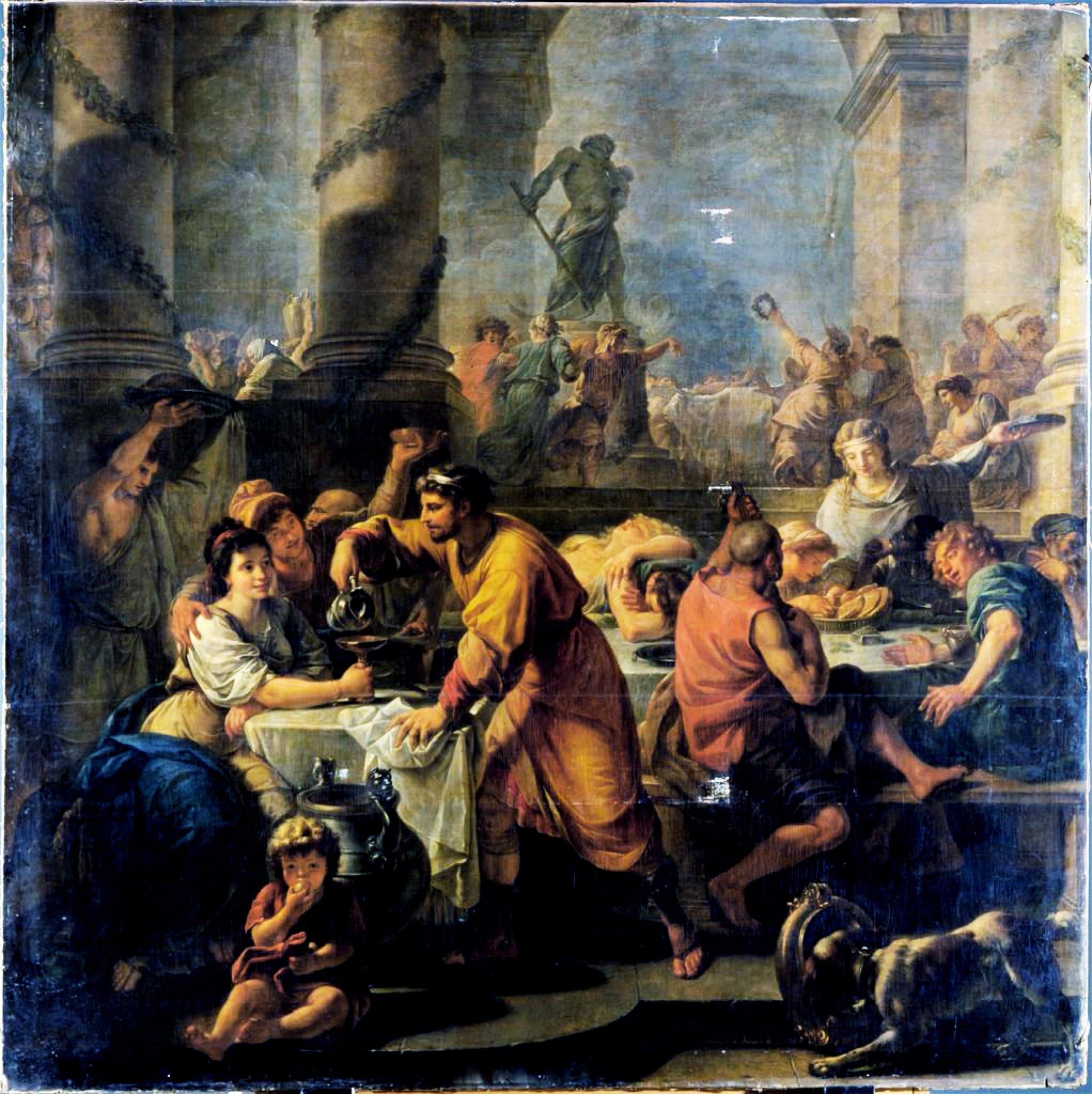 Io Saturnalia! How to celebrate the festive season like an Ancient Roman
Io Saturnalia! How to celebrate the festive season like an Ancient Roman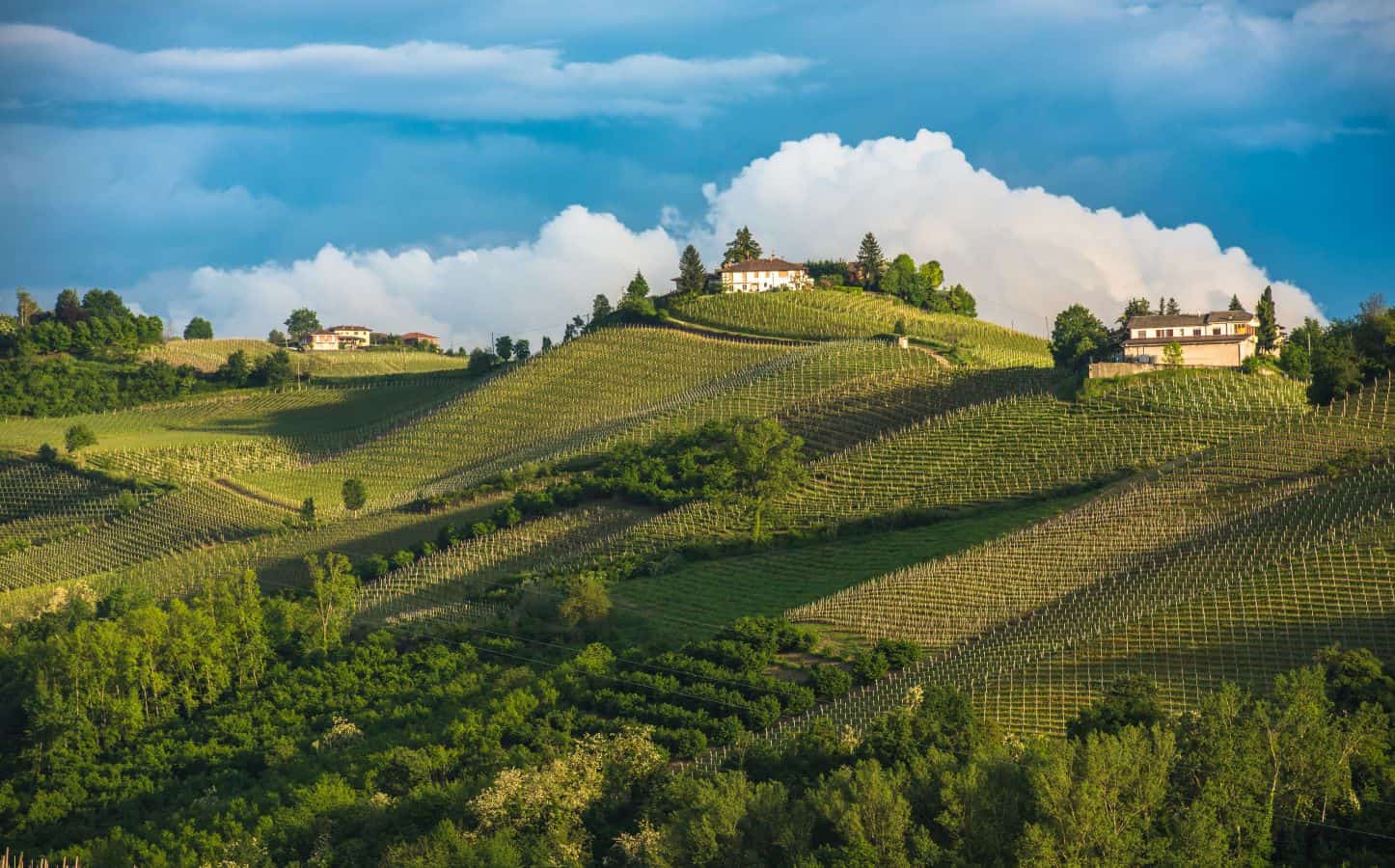 The UNESCO effect: tourism is growing, but there is a risk of losing identity
The UNESCO effect: tourism is growing, but there is a risk of losing identity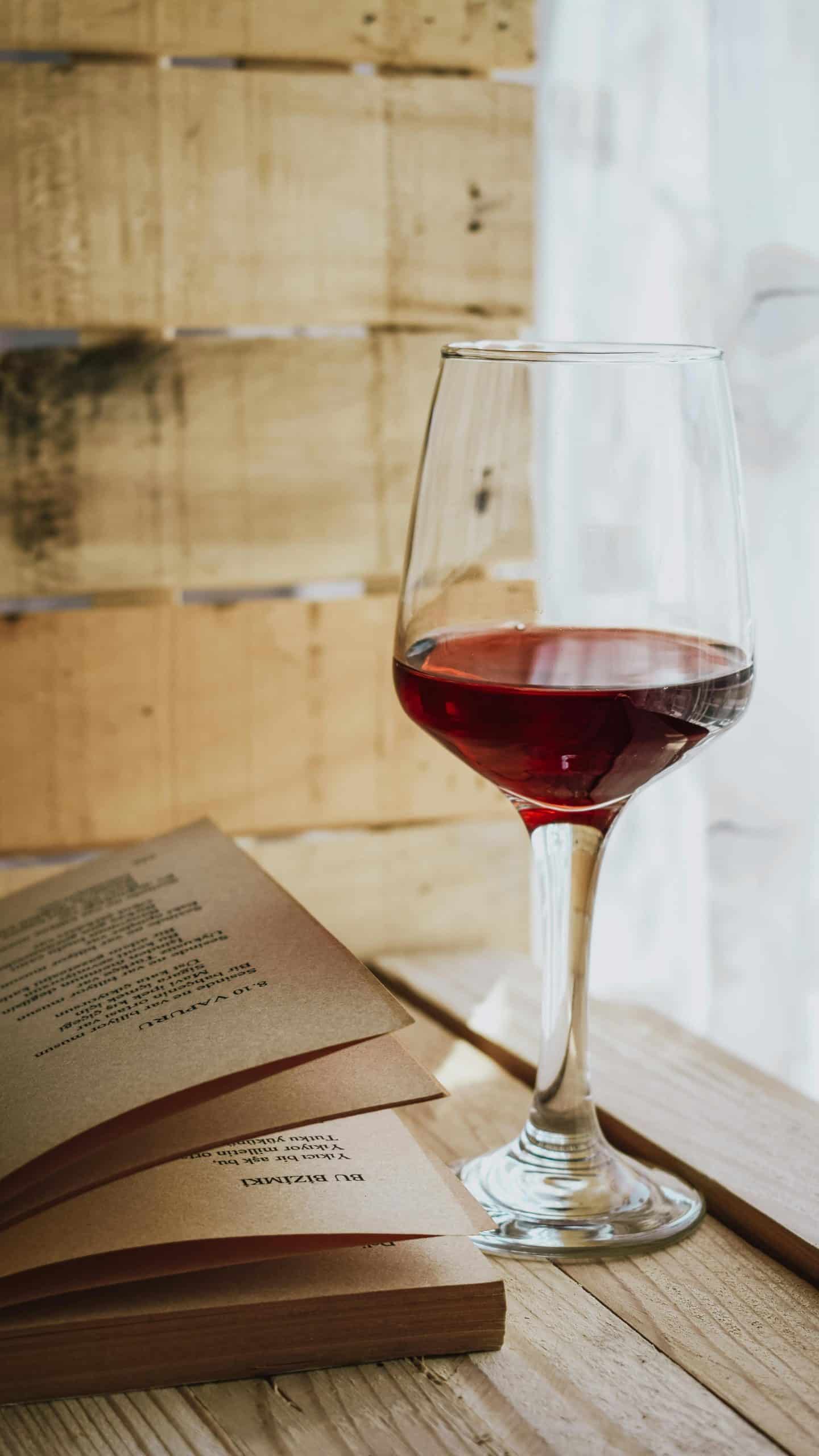 The perfect pairing? Wine and books
The perfect pairing? Wine and books 2025 was the year of Trump's tariffs – will 2026 be better for Italian wine in the US?
2025 was the year of Trump's tariffs – will 2026 be better for Italian wine in the US?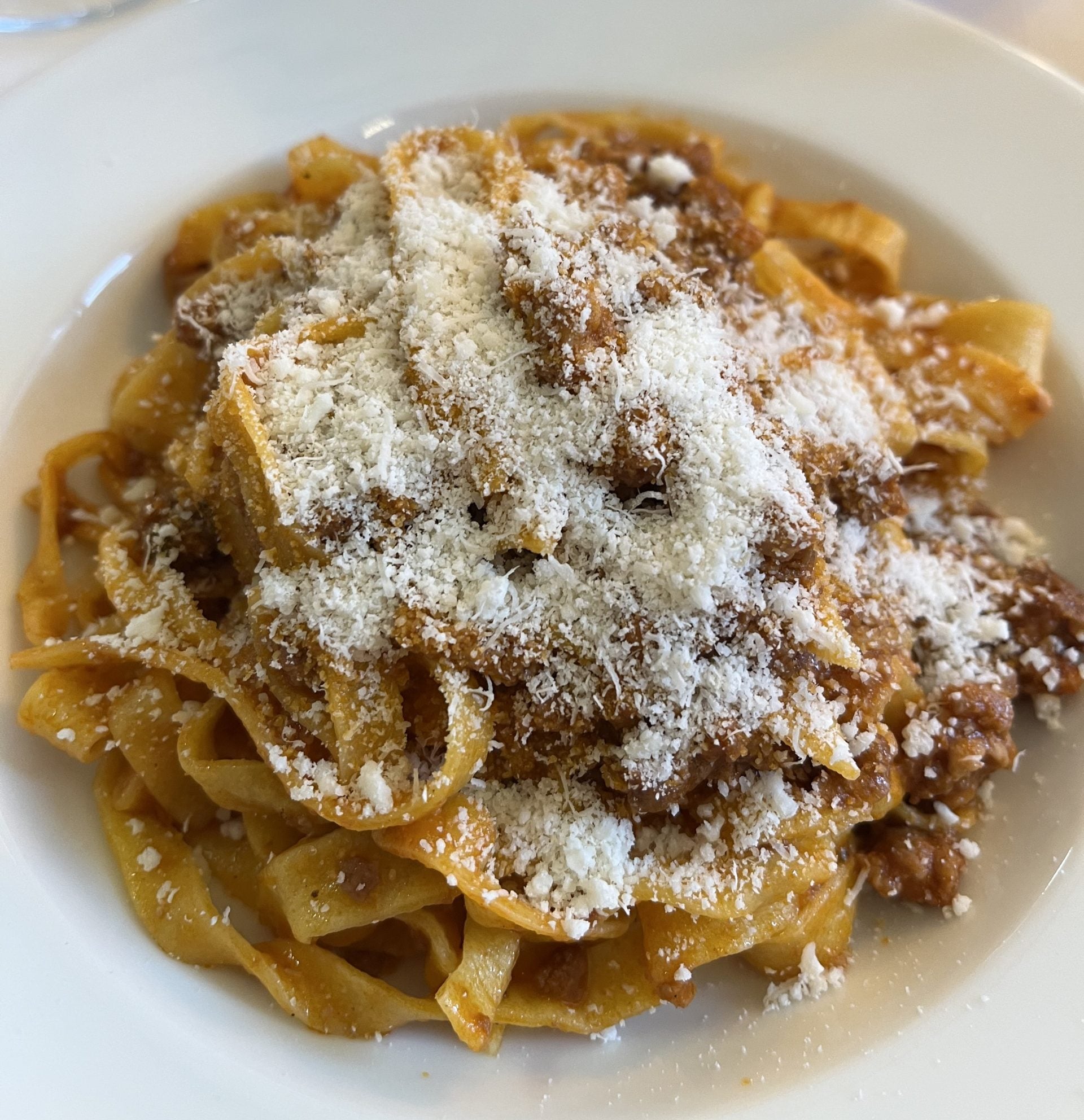 Italian cuisine recognised by UNESCO
Italian cuisine recognised by UNESCO